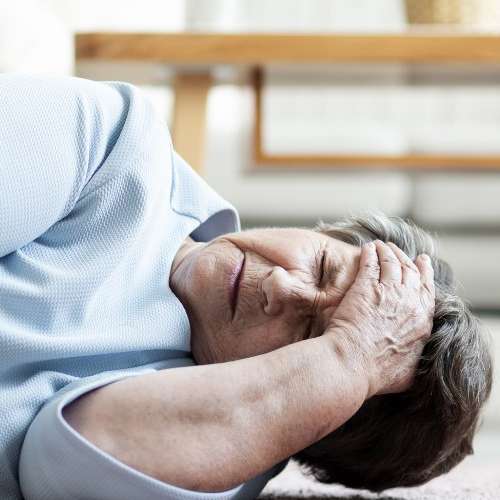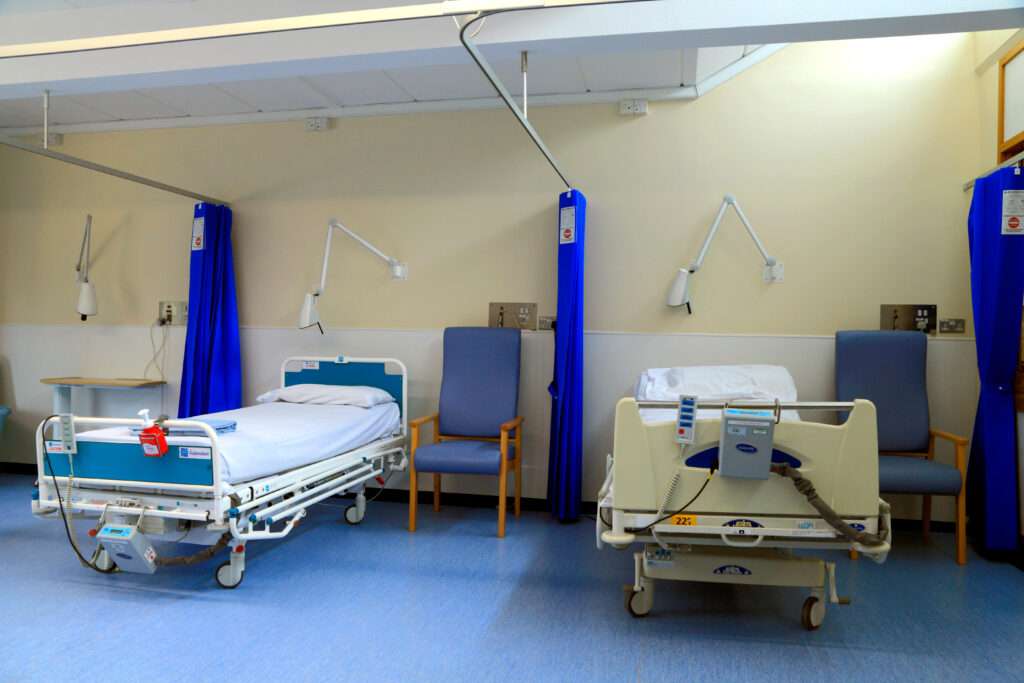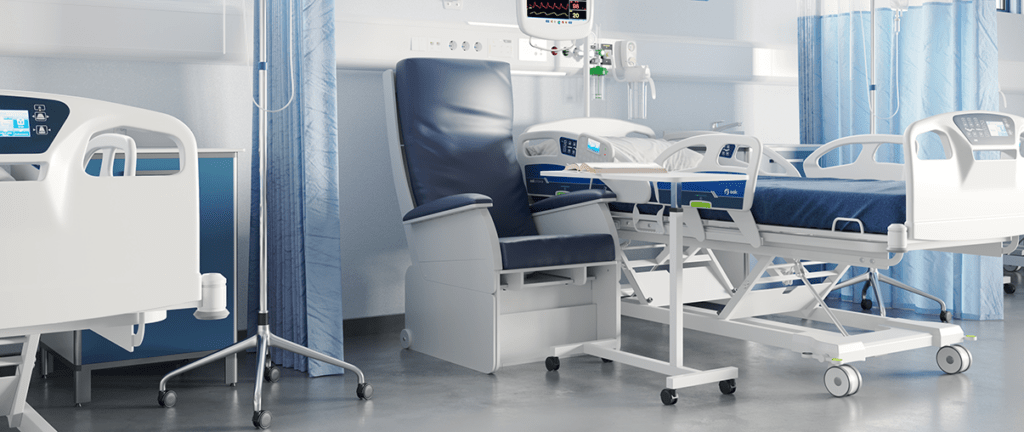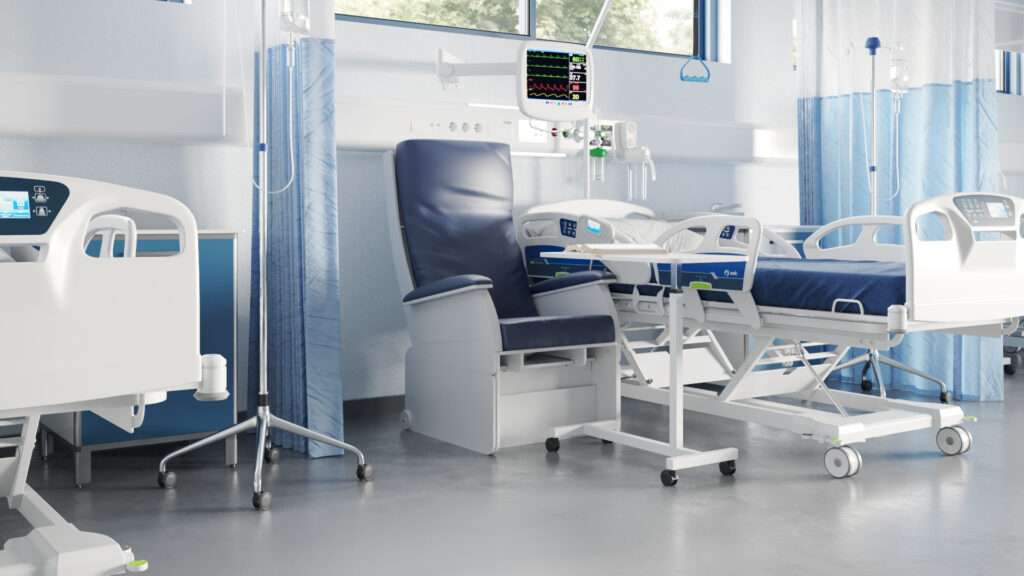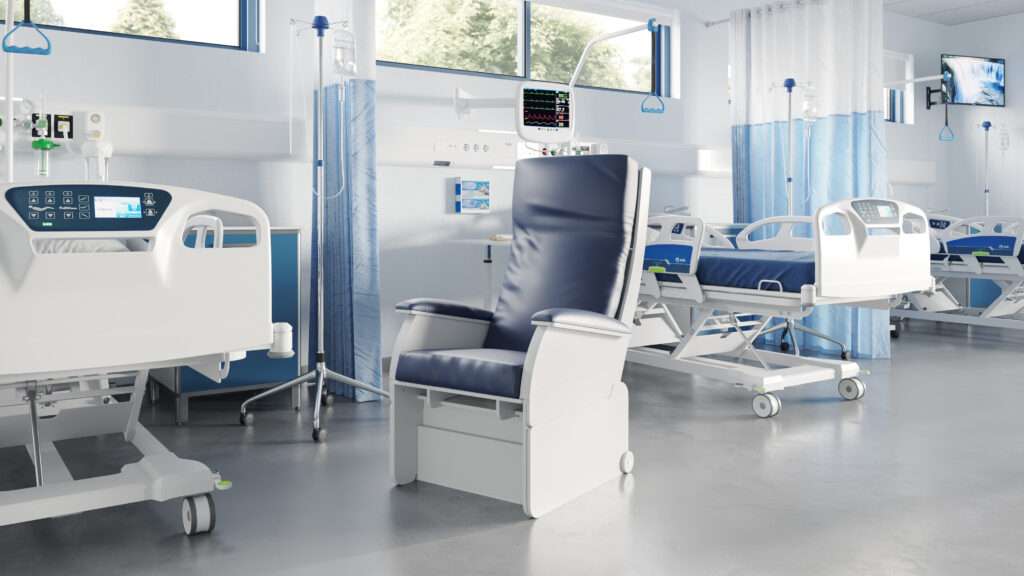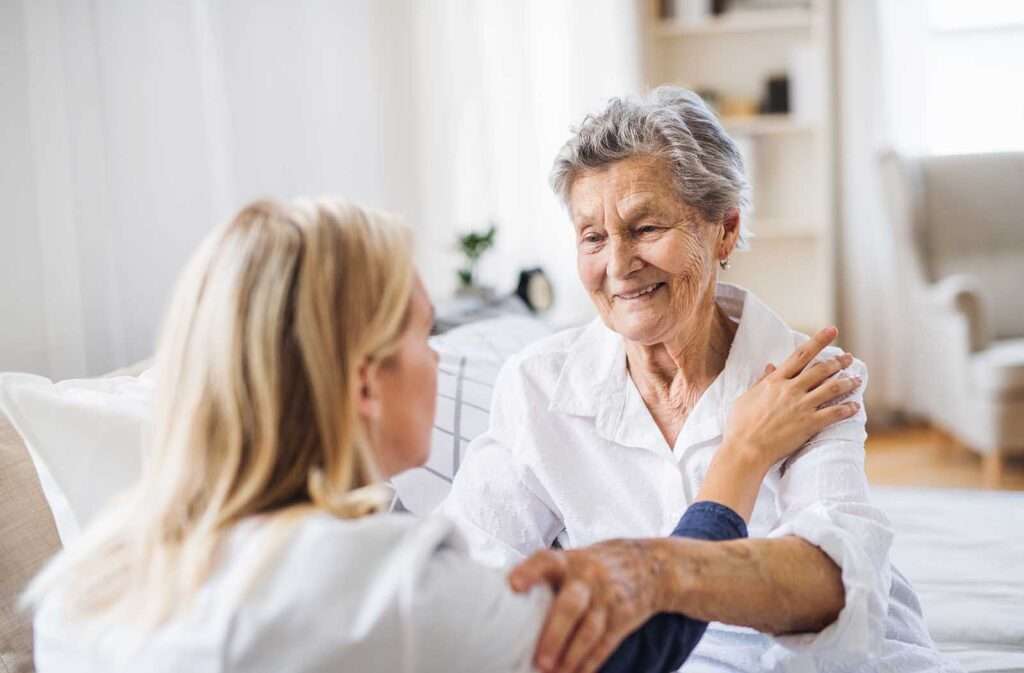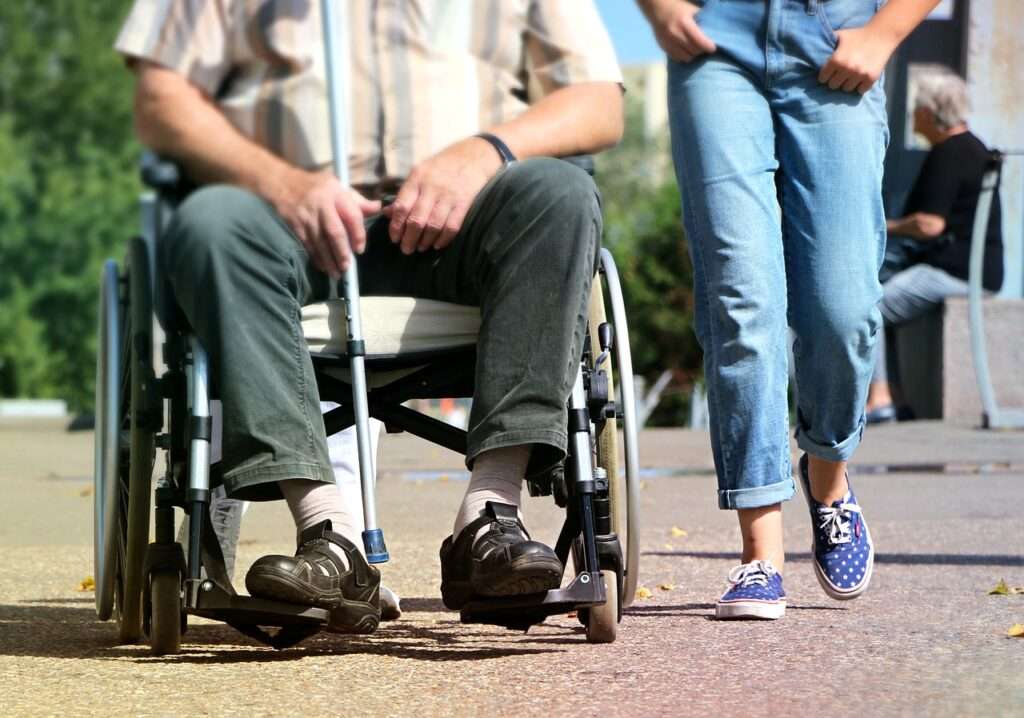In the realm of healthcare, where every second counts, the response time to emergencies can make all the difference between life and death. This holds especially true in care homes, where residents may be vulnerable and at risk of falls. The repercussions of slow responses to falls in care homes are far-reaching and potentially catastrophic. In this comprehensive article, we shed light on the critical importance of swift reactions to falls in care facilities.
Jump straight to...
The Urgency of Timely Responses
Falls Statistics
Before delving into the dangers of delayed responses, it’s crucial to understand the prevalence of falls in care homes. According to the National Institute for Health and Care Excellence (NICE), falls are a common occurrence in care settings. In fact, they affect around 5% of care home residents each month. 30% of those over 65 suffer at least one fall per year, that’s six falls every minute! These statistics underscore the need for a swift response protocol.
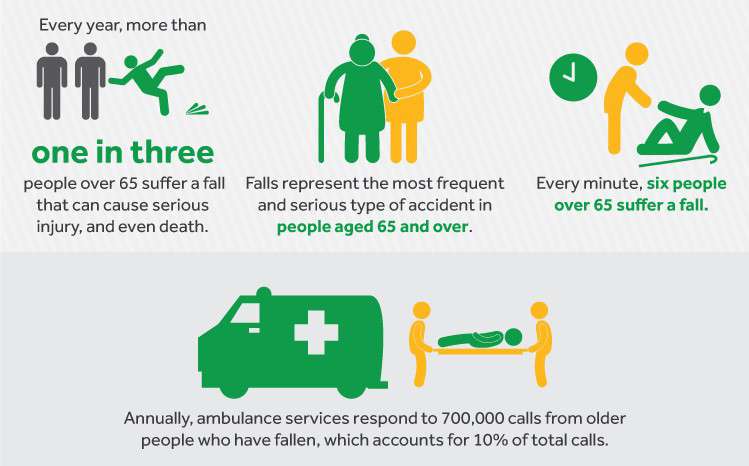
Immediate Medical Attention
One of the primary dangers associated with slow responses to falls is the potential for undetected injuries. Falls can result in fractures, head injuries, or internal bleeding, which may not manifest obvious symptoms immediately. Timely response ensures that residents receive the necessary medical attention promptly, reducing the risk of complications.
Psychological Impact
Anxiety and Fear
Residents who experience falls may develop anxiety and fear. The longer they wait for assistance, the more their distress intensifies. This can lead to a significant decline in their overall well-being and mental health. It’s essential to recognise that the emotional trauma caused by delayed responses can be just as detrimental as physical injuries.
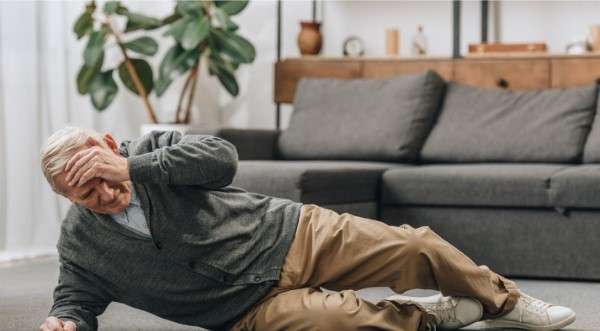
Loss of Independence
Slow responses can erode a resident’s sense of independence and self-esteem. If they perceive that their calls for help go unanswered, they may become reluctant to move or engage in activities, fearing another fall. This loss of mobility can lead to a decline in their quality of life.
Escalation of Injuries
Complications
When a fall occurs, the clock starts ticking. Delayed responses can result in complications such as infections or pressure ulcers. These secondary issues can be more challenging to treat than the initial injury, prolonging the resident’s recovery time and increasing healthcare costs.
Increased Mortality
Perhaps the most alarming danger of slow responses is the potential for increased mortality rates. The longer a resident remains on the floor after a fall, the greater the risk of severe complications. In some cases, delayed responses have tragically led to fatalities.
Current statistics show that:
- 20% of fallers that are admitted into hospital following a fall had to wait over an hour for assistance (classified as a “long lie”)
- Half of this 20% will die within 6 months because of health complications caused by the long lie
These statistics are shocking, but point up the vital importance of having the right lifting policy in place, and the right equipment on hand to get an uninjured faller back to their feet as quickly as possible.
The Raizer is a mobile lifting device used by care homes and elderly residences throughout the UK. It is simple to deploy, assembles in a matter of seconds and performs a secure 60-second lift, lifting the fallen person gradually into a sitting position, where they can be assessed and helped to their feet.
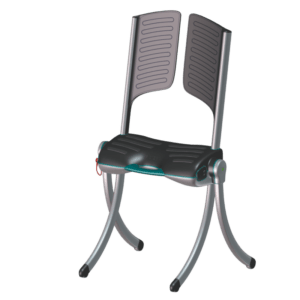
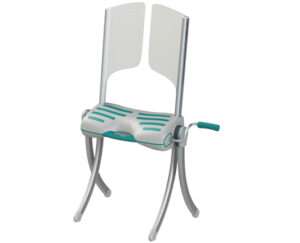
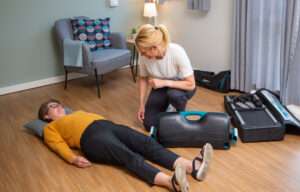
Legal and Ethical Implications
Duty of Care
Care homes have a legal and ethical duty of care to their residents. Failing to respond promptly to falls not only jeopardises the well-being of residents but also exposes the facility to legal liabilities. Negligence in providing timely assistance can result in legal actions and tarnish the reputation of the care home.
Regulatory Compliance
Regulatory bodies set stringent guidelines for care homes, including protocols for responding to falls. Slow responses can result in non-compliance, leading to fines and potential closure of the facility. Staying in line with regulations is not just a legal obligation but also a moral one.
Care homes needn’t worry about non-compliance if they have the right equipment available for care staff to use. The Raizer is a very simple piece of equipment and easy to use, with no formal training or manual handling qualifications required, making it accessible for all care and support staff if they need to help a resident that has fallen. It is available as a motorised or manual version, with a wheeled trolley or carry case available to help move between locations.
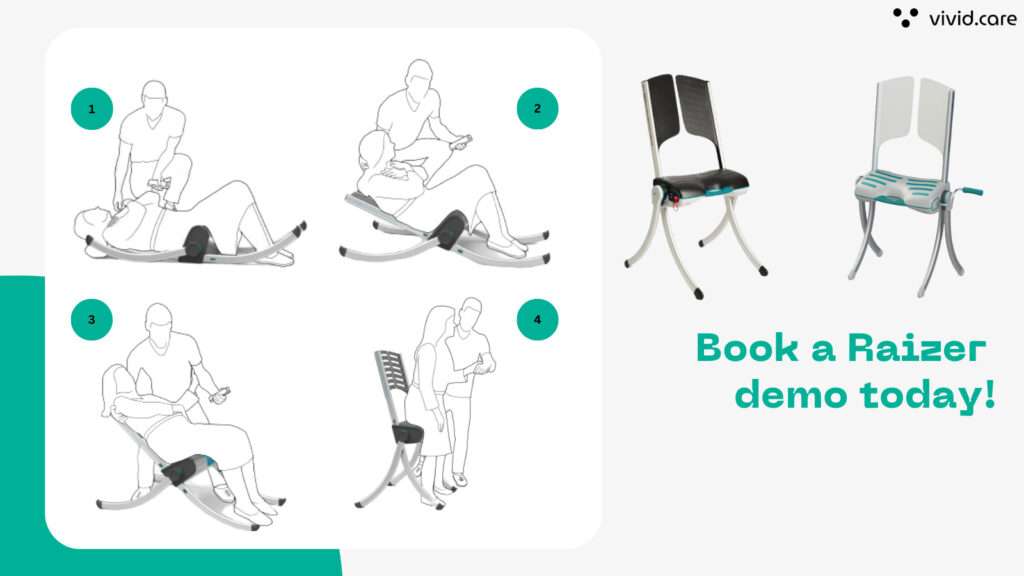
The Role of Technology
Monitoring Systems
In the digital age, technology offers valuable solutions to improve response times. Care homes can implement advanced monitoring systems that detect falls and alert staff immediately. These systems can be a lifeline for residents and significantly reduce the dangers associated with slow responses.
Communication Tools
Effective communication is key to swift responses. Utilising modern communication tools and devices ensures that staff can be reached promptly in case of an emergency. Mobile devices, intercom systems, and wearable devices can all play a vital role in enhancing response times.
Conclusion
The dangers of slow responses to falls in care homes cannot be overstated. From physical injuries to psychological trauma, the consequences are severe and far-reaching. Care facilities must prioritise rapid response protocols, leverage technology, and uphold their legal and ethical responsibilities to ensure the safety and well-being of their residents. In doing so, they not only mitigate risks but also enhance the quality of life for those under their care.





